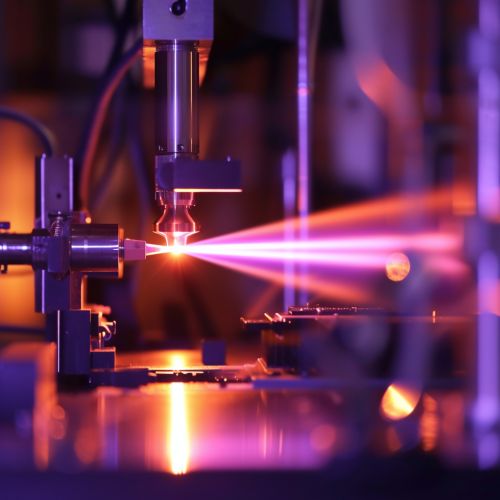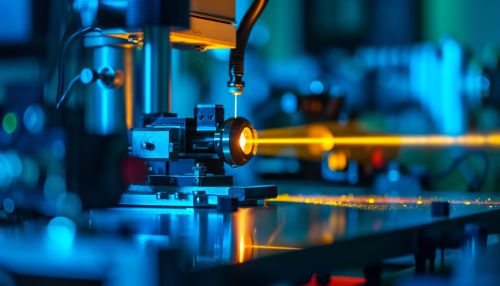Attosecond physics
Introduction
Attosecond physics is a branch of physics that involves the study of phenomena occurring in timescales of attoseconds (10^-18 seconds). This field of study is relatively new, having emerged in the early 21st century as a result of advancements in laser technology and quantum mechanics. The primary focus of attosecond physics is the investigation of ultrafast processes that occur in atomic and molecular systems, particularly electron dynamics.


Fundamentals of Attosecond Physics
The fundamental concepts of attosecond physics are rooted in quantum mechanics, a branch of physics that describes the behavior of particles at the atomic and subatomic level. Quantum mechanics provides the theoretical framework for understanding how electrons behave in atoms and molecules, which is crucial for attosecond physics.
Quantum Mechanics and Electron Dynamics
In quantum mechanics, electrons are described by wavefunctions, mathematical functions that provide information about the probability of finding an electron in a particular state. The evolution of these wavefunctions over time is governed by the Schrödinger equation, a fundamental equation in quantum mechanics. The ultrafast dynamics of electrons, which occur on attosecond timescales, can be studied by solving the Schrödinger equation for complex atomic and molecular systems.
Generation of Attosecond Pulses
The generation of attosecond pulses, which are necessary for studying ultrafast electron dynamics, is achieved through a process known as high harmonic generation (HHG). In HHG, a strong laser pulse is used to ionize a gas, and the freed electrons are accelerated by the electric field of the laser. When these electrons recombine with their parent ions, they emit bursts of electromagnetic radiation in the form of attosecond pulses.
Applications of Attosecond Physics
The study of attosecond physics has numerous applications in various fields of science and technology. Some of the key applications are discussed below.
Ultrafast Spectroscopy
One of the primary applications of attosecond physics is in ultrafast spectroscopy, a technique used to study the properties of matter by analyzing how it interacts with light. Attosecond pulses can be used to probe the electronic structure of atoms and molecules, providing insights into their properties and behavior.
Time-Resolved Studies
Attosecond physics also enables time-resolved studies of ultrafast processes. These studies can provide detailed information about the dynamics of electrons in atoms and molecules, including processes such as ionization, excitation, and recombination.
Nanotechnology
In the field of nanotechnology, attosecond physics can be used to study the behavior of electrons in nanostructures. This can provide valuable information for the design and development of nanoscale devices and materials.
Future Directions
The field of attosecond physics is still in its early stages, and there are many exciting directions for future research. Some potential areas of exploration include the development of new techniques for generating attosecond pulses, the application of attosecond physics to biological systems, and the investigation of quantum phenomena on attosecond timescales.
